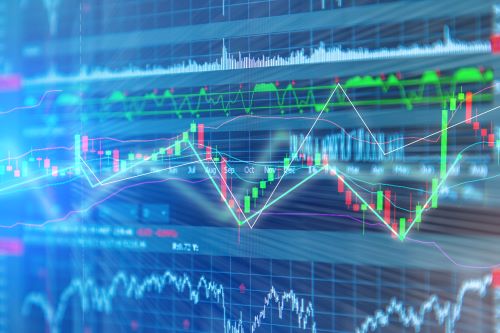5.3.1 Debt ratio
The debt ratio is expressed as a percentage and the formula for calculating a debt ratio is as follows:
The debt ratio compares a company’s total liabilities to its total assets. Debts (liabilities) consist of all payables, whether they are due within one year or after more than one year. Assets include all non-current and current assets. Lenders providing loans will be concerned that a company has enough assets to cover their liabilities. The more the debt ratio increases, the more banks and other potential lenders will be unwilling to advance further finance. As a very general guide, a debt ratio of 50% is often seen as a safe limit for debt. Lenders would be particularly interested in the trend of the debt ratio, especially if it is increasing, i.e. getting worse from their perspective.
Below is the calculation of the debt ratio for Remote Sensors Plc.
| 2025 | 2024 | 2023 | |
|---|---|---|---|
| £ | £ | £ | |
| Total assets | 52,449 | 47,656 | 44,440 |
| Total liabilities | 10,469 | 7,501 | 6,650 |
| Debt ratio | 19.96% | 15.74% | 14.96% |
For Remote Sensors Plc, there was an increase in the debt ratio from 2023 (14.96%) to 2024 (15.74%). However, it increased again in 2025 (19.96%). Since a debt ratio of less than 50% is considered safe, you can conclude that the debt ratio for Remote Sensors Plc remained relatively low in all three years.
While a company’s level of debt is low, debt financing is provided by lenders at lower interest rates. When the level of debt becomes very high, for example say above 50%, then the financial risk for lending money becomes very high and lenders will also demand a higher interest rate. A low debt ratio indicates that Remote Sensors Plc has plenty of margin to obtain low cost debt financing if they demonstrate sufficient capacity to finance that debt in the future.
Activity 10 provides you with an opportunity to practise calculating and interpreting the debt ratio for a real company.
Activity 10 Calculating the debt ratio
Read the data on total assets and total liabilities for Marks & Spencer Group Plc from 2018 to 2022 (obtained from Fame) and answer the questions below.
- a.Calculate the debt ratios for the years 2018 to 2022.
| 2022 | 2021 | 2020 | 2019 | 2018 | |
|---|---|---|---|---|---|
| £m | £m | £m | £m | £m | |
| Total liabilities | 6,525.5 | 6,351.6 | 6,475.4 | 4,519.3 | 4,596 |
| Total assets | 9,443.4 | 8,637.4 | 10,183.9 | 7,200.2 | 7,550.2 |
| Debt ratio |
Comment
| 2022 | 2021 | 2020 | 2019 | 2018 | |
|---|---|---|---|---|---|
| £m | £m | £m | £m | £m | |
| Total liabilities | 6,525.5 | 6,351.6 | 6,475.4 | 4,519.3 | 4,596 |
| Total assets | 9,443.4 | 8,637.4 | 10,183.9 | 7,200.2 | 7,550.2 |
| Debt ratio | 69.10% | 73.54% | 63.58% | 62.77% | 60.87% |
- b.How do you interpret the changes in the debt ratio of Marks & Spencer Group Plc?
Feedback
The debt ratio for M&S kept increasing steadily from 2018 to 2021. Although there was some decline in this ratio in 2022, it is still high and well above 50%. A high debt ratio can be an alarming sign for lenders who might become exposed to a risk in the recovery of their loan capital as well as the interest on the loan. However, it is also important to consider that large companies such as M&S usually have a very strong asset base that can serve as collateral for obtaining loans. These companies also generate substantial cash flows from their operations, which provides assurance to lenders on the debt financing capability of these companies. These companies have a strong market reputation and, owing to their size and financial stability, lenders lend them capital despite a very high debt ratio.
